If you’re one of the glorious motorcycle nuts with an affinity for an iconic sidecar, you’re almost certainly aware of Ural – if you don’t already own one. Since 1941, Ural has been building boxer engine-powered sidecar motorcycles that are capable of conquering some serious terrain. While a new Ural is a surprisingly modern machine with fuel injection and Brembo brakes, the bikes themselves are nods to the past. That’s why Ural’s latest announcement is a shocker. The Ural Neo 500, which is coming to America next year, is something completely new for the world’s favorite rugged sidecar rig builder.
Riding a Ural is a different kind of motorcycling. Plenty of people have slapped sidecars onto the sides of motorcycles that were originally built as two-wheelers. I’ve seen everything from Honda Groms to Triumph Rocket IIIs with sidecars! But there’s something special about a Ural. The firm’s bikes are refreshingly simple, unapologetically metal, and oh yeah, their two-wheel-drive makes them a formidable force when the going gets tough. [Ed Note: 2WD as in the sidecar’s wheel can be powered on demand, joining the bike’s rear wheel, not the front wheel – Pete] A Ural today is a bit like a modern Royal Enfield; it’s just modern enough that you don’t have to fiddle with carbs, but classic enough that you feel like you’ve taken a time machine back to the Cold War era.
Ural’s newest motorcycle is none of that. The new Ural Neo 500 looks like something that could have been created by the futuristic Halo universe’s UNSC rather than something befitting a character from a Tom Clancy novel. A lot of that comes down to the new bike’s origins, as it’s not exactly from Kazakhstan with love like Urals built from August 2022. Instead, what you’re looking at is the Ural-ized Yingang SUV500 II, and when it launches next year in America, it’s supposed to be a new affordable way into a Ural badge.

Thank Germany
Something fascinating about Ural is that there appear to be two origin stories for it. If you go to Ural’s official website today, it directly quotes Wikipedia, which is wild:
Ural’s origins are linked to developments in the Eastern Front during World War II. Mobility was especially stressed after the Soviet Union had witnessed the effect of the blitzkrieg on Poland, and a small, rugged, multi-purpose vehicle that could handle Russia’s underdeveloped road network and pockmarked battlefields was a priority.
A meeting was held at the People’s Commissariat of Defense of the USSR at the end of 30s to devise a motorcycle that would be suitable for the Red Army, and BMW R71 motorcycle was found to closely match the Red Army’s requirements. Five units were covertly purchased through Sweden and handed over to Moscow Motorcycle Plant, recently organized in a retooled bicycle factory. Soviet engineers dismantled the BMWs and reverse engineered the bike’s design in every detail. Molds and dies were made to produce engines, gearboxes and other components. The production of these new military sidecar motorcycles, designated M-72 by the Red Army, started in August 1941.
The opening stages of Operation Barbarossa, the Nazis invasion of the Soviet Union in summer of 1941, were so swift and effective that Soviet strategists worried that Moscow would quickly be in range of Luftwaffe bombers. On October 21, 1941, the decision was made to move the motorcycle plant east, out of bombing range and into the resource-rich Ural mountain region. The site chosen was the town of Irbit, located on the fringes of Siberia in the Ural Mountains.
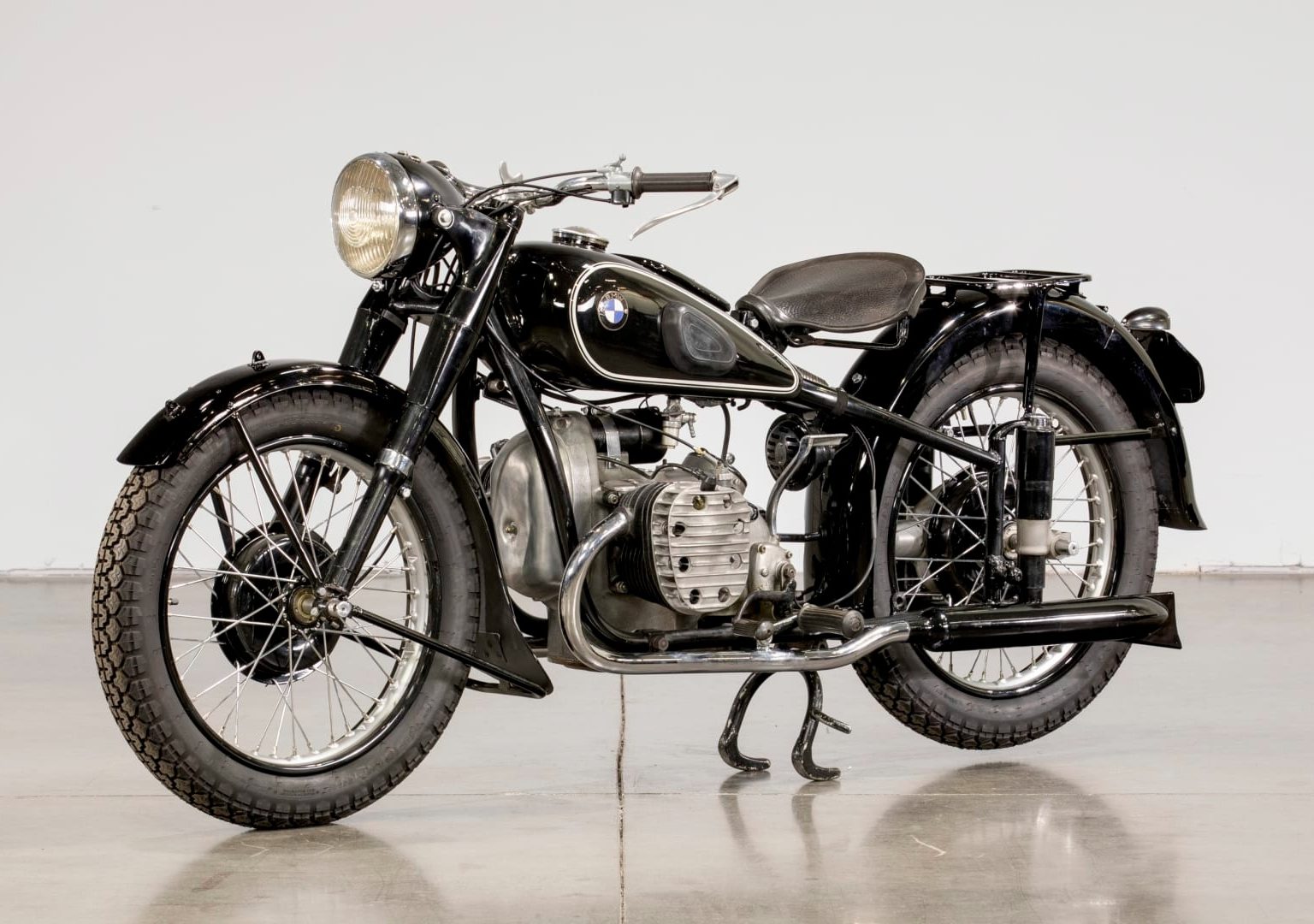
The competing origin story is that the smuggled BMW motorcycle story didn’t really happen, and instead, Ural was created thanks to the Molotov-Ribbentrop Pact of August 1939. The short version was that the pact called for no hostilities between Germany and the Soviet Union. They also agreed to help each other out on common interests, which meant some technology sharing. The competing story of Ural’s origin states that the Soviet Union didn’t sneakily buy BMW R71s, but Germany had supplied the blueprints and molds to the motorcycles as part of its pact with the Soviet Union.
Whichever version of the story is true, this story changed motorcycle history. The first Urals were built for military use, a trend that continued well into the 1950s. IMZ-Ural, which is an abbreviation for “Irbitskiy Mototsikletniy Zavod,” or “Irbit Motorcycle Factory,” also began exports in the 1950s and eventually opened up to selling its motorcycles to consumers all around the world. Many people bought a Ural as a cheap alternative to a car, while others bought them for their rugged appeal and off-road prowess.
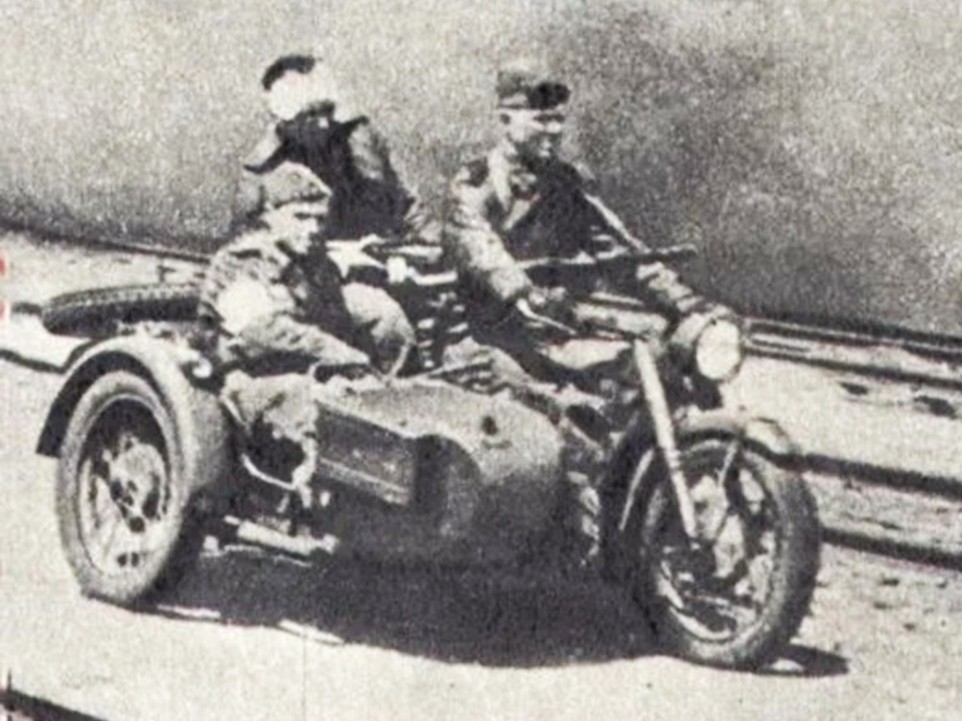
The Irbit facility became an impressive operation. In true Soviet fashion, the factory was run to be self-sufficient, with 10,000 people working in countless shops to create all of the parts for Ural builds. The factory made everything onsite from shocks and rubber. During its peak, IMZ pumped out over 130,000 motorcycles a year.
As RideApart reports, this all came crashing down after the Soviet Union fell, shifting Russia from a centrally planned economy to a market economy. Suddenly, production nosedived, and within a few years, Ural was building only 6,000 motorcycles a year and employed only 4,000 people. In 1998, the factory still employed 4,000 people, but those people produced fewer than 2,000 motorcycles that year. By 2000, RideApart writes, IMZ had been beaten and battered enough to have survived two bankruptcies. Production had to stop because IMZ couldn’t pay its bills.
Now Based In America
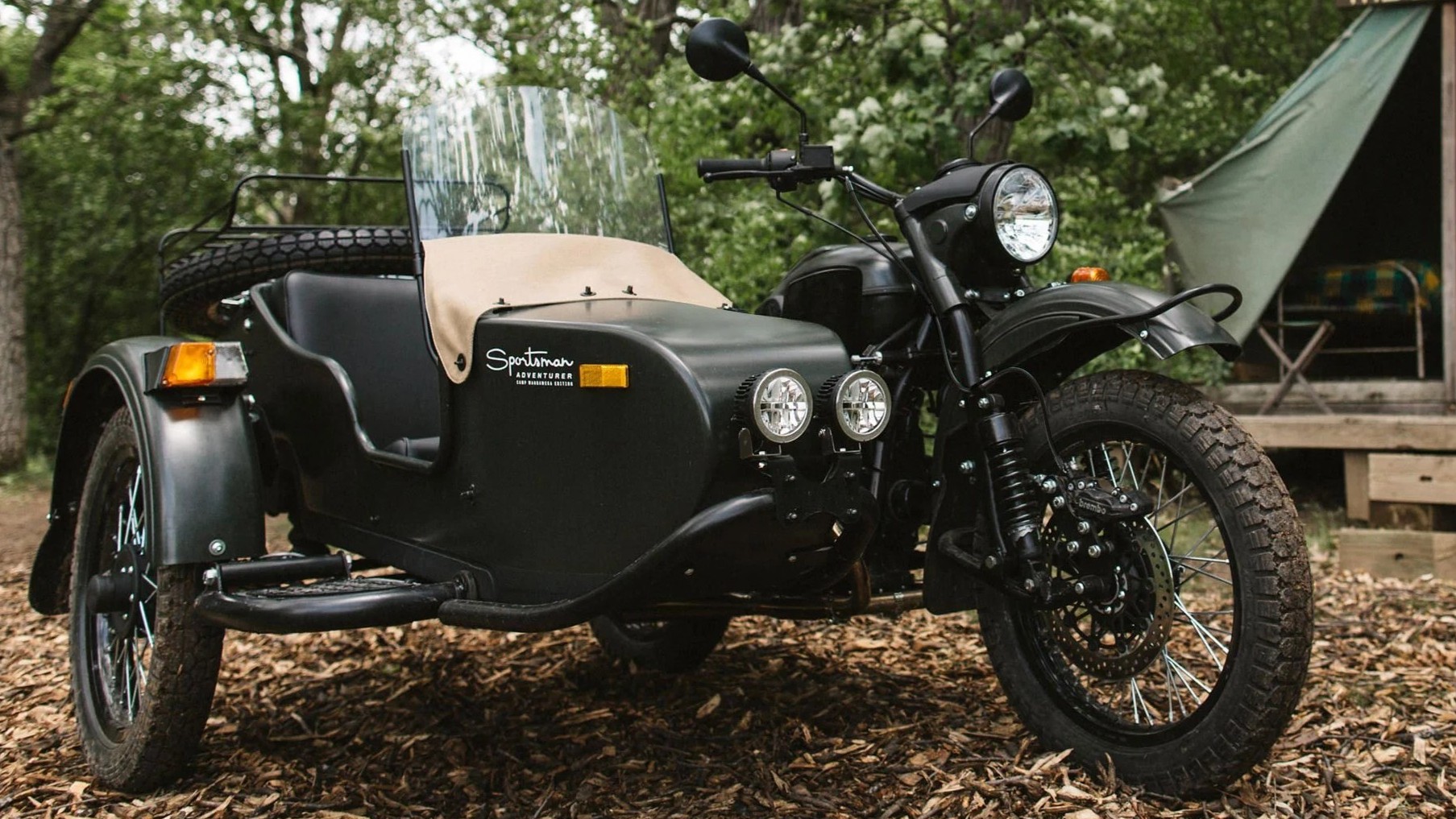
As part of reorganization efforts, Irbit Motorworks of America, Inc. was formed in Washington in 2002. Ural itself then moved to Washington in 2006. Now, Urals are designed for its biggest market, America. Since then, the company’s engineering and development efforts have happened right here in America, while the bikes were still built in Russia. Sadly, Russia’s invasion of Ukraine, the resulting sanctions and embargoes, and anti-Russian sentiment forced IMZ-Ural’s hand. The company moved motorcycle assembly to Petropavlovsk, Kazakhstan, which is roughly 373 miles from Irbit. The factory in Irbit still exists, but now builds frames and other parts.
Urals are also interesting because of their makeup. These machines have a Soviet background, but are engineered in America, built in Kazakhstan, and 80 percent of a Ural’s parts come from global suppliers. Ural’s bread and butter has been the Gear Up since its launch in 2005. Despite the model’s age, Ural has been giving it constant updates. Carbs have gone away for fuel injection, brakes are now meaty Brembo four-pot units, and the bike still has Ural’s iconic selectable two-wheel drive. These bikes do a lot with 41 HP and 42 lb-ft of torque.
But here’s the thing: The cheapest Gear Up is the $19,999 Base, while the fancy model is the $26,999 Expedition. Those prices lock buyers of cheaper bikes out of a new Ural, and as I’ve written about before, inexpensive motorcycles are experiencing a boom right now. Ural’s new motorcycle isn’t necessarily cheap, but it does slap some stacks off the entry price. It’s also just vastly different than the Gear Up and perhaps anything in Ural’s history.
A Completely Different Ural

This new motorcycle is called the Ural 500, also known as the Neo 500, and IMZ-Ural says it’s launching this motorcycle because:
Ural 500 is our bold next step: a modern and approachable sidecar motorcycle designed for a new generation of riders.
As the motorcycle industry faces rising prices and limited options, Ural 500 brings something entirely new to the table – sidecar riding that’s intuitive, practical, and built for everyday life.
Whether you’re a first-time rider, a commuter, or someone who just wants to share the ride, this bike makes it easy to join the adventure.
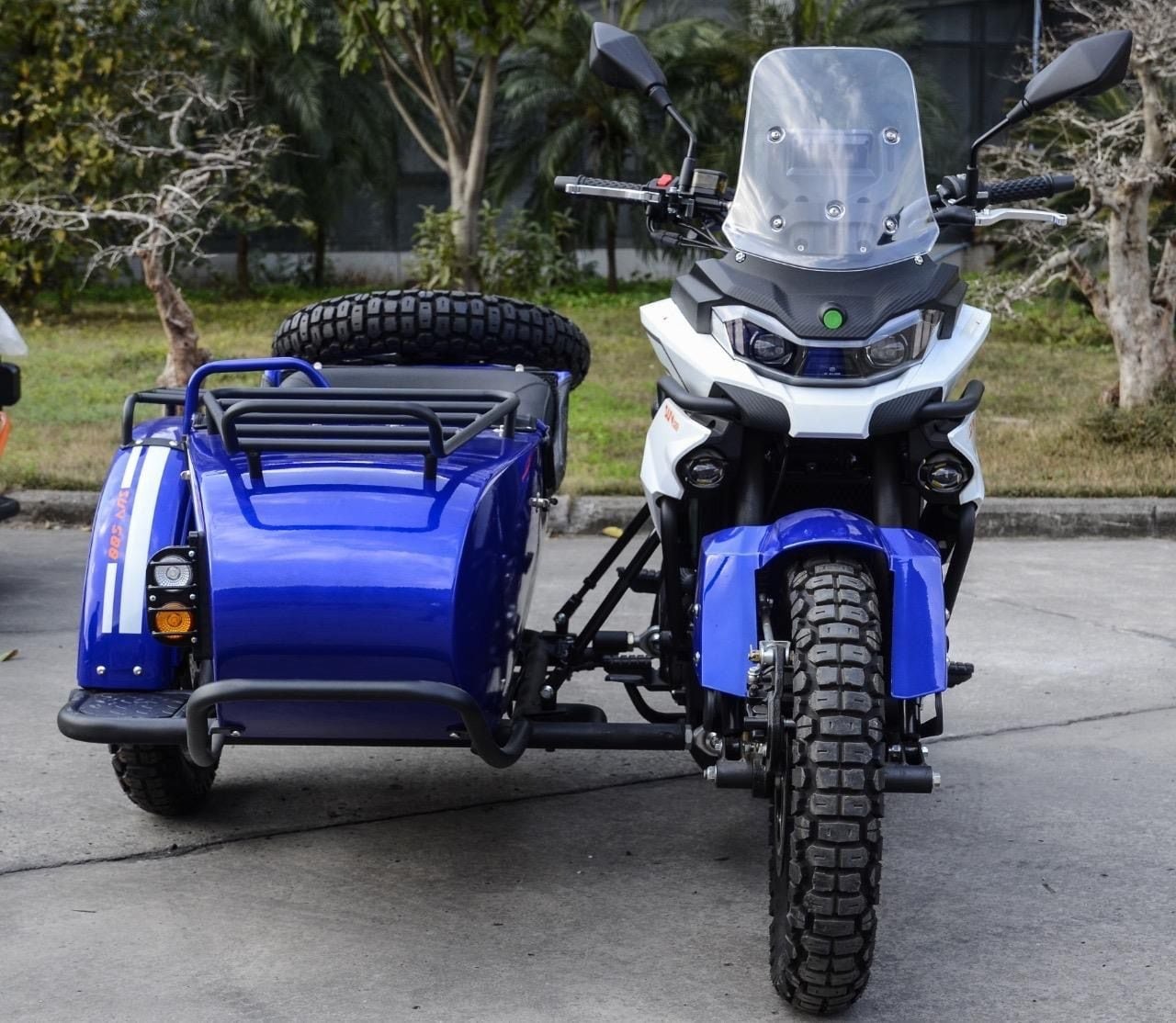
Customers and a limited number of journalists got to play with the prototype Ural 500 at the company’s headquarters. Ural is placing a bet on its future with this new motorcycle. If all goes well, the Neo 500 will replace the Gear Up as Ural’s base platform.
As reported by Cycle World, Ural partnered up with Chinese firm Yingang, which has a couple of decades of experience in building sidecar rigs. The Neo 500 will be based on the Yingang SUV500 II adventure sidecar rig, but with substantial changes. The prototype that customers and journalists got to play with is based on the latest version of the Yingang SUV500 II.
This platform is a huge departure for Ural. There isn’t a boxer engine here. Instead, the SUV500 II is powered by a Zongshen-built 446cc parallel-twin engine, which is backed by a five-speed manual with low ratios. Ural hasn’t announced final numbers yet, but output is expected to be around 35 HP and a touch over 25 lb-ft of torque. That’s less than what you get in the current Ural Gear Up, but the Neo 500 is also a smaller bike. As our friend Janaki at RideApart has written, the prototype weighs a little under 683.5 pounds, or around 47 pounds lighter than the dry weight of the Ural Gear Up Base.
What’s great to hear is that the platform underpinning the SUV500 II and the Ural Neo 500 was built to be a sidecar rig from the start. That means a three-wheeler chassis and a leading-link front suspension. The SUV500 II also sports a 5.3-gallon fuel tank, a tablet for an instrument cluster, LED lights, and a built-in 1080p camera that can be used as a dash cam.
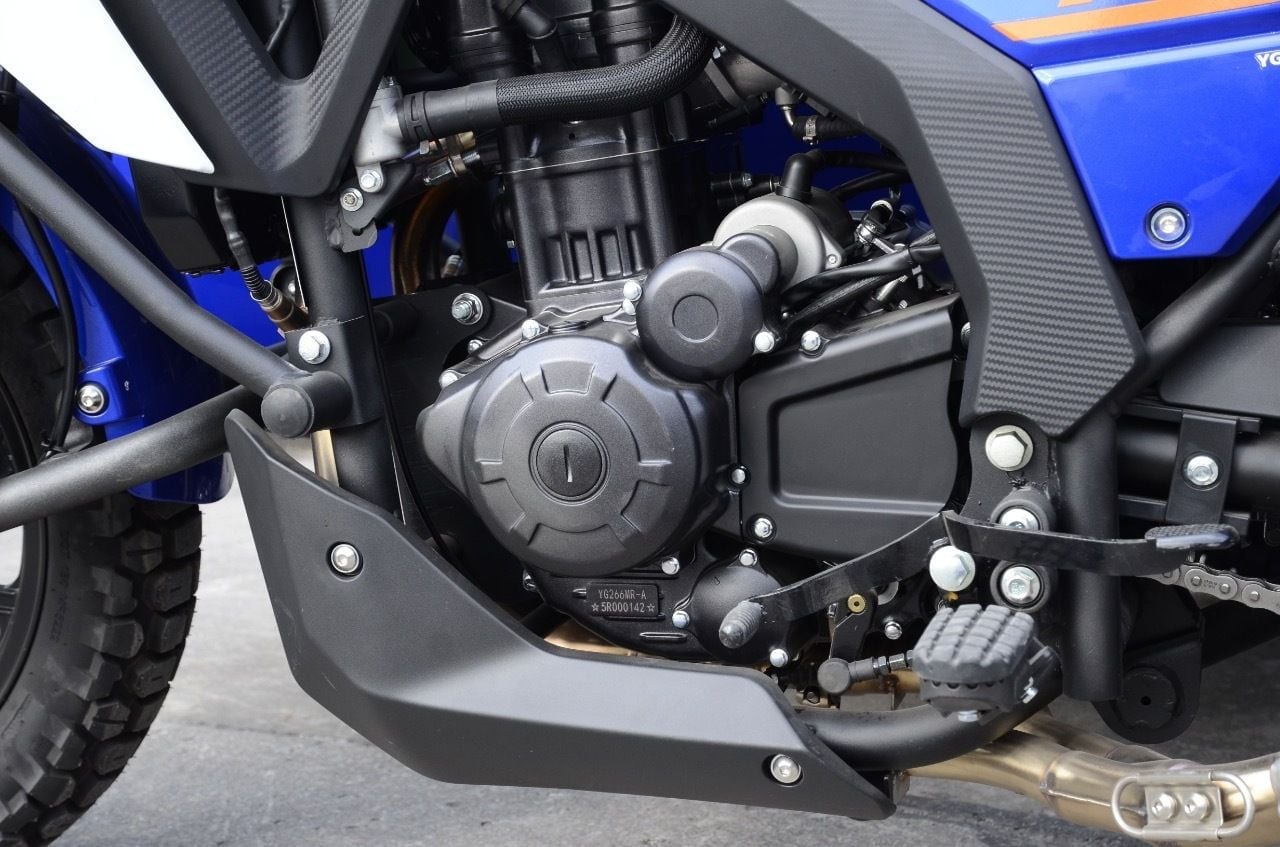
What’s also very different is how the SUV500 II looks like a futuristic adventure bike. Every other Ural looks like it’s at least 50 years old, but the SUV500 II doesn’t.
Cycle World notes that the production Ural Neo 500 will lose some of the adventure bike bits that the SUV500 II has, and that’s because the Neo 500 will be a street-oriented machine, which is another huge departure from Ural’s past and even present. It’s just a standard one-wheel-drive bike, too, not 2WD like Ural’s iconic machines. Despite all of this, we don’t really know exactly how this bike will look. RideApart notes that once Ural got its hands on the first prototype from Yingang, it made over 127 pages of changes to the bike. In other words, the Neo 500 prototype resembles the SUV500 II right now, but that is very likely to change.
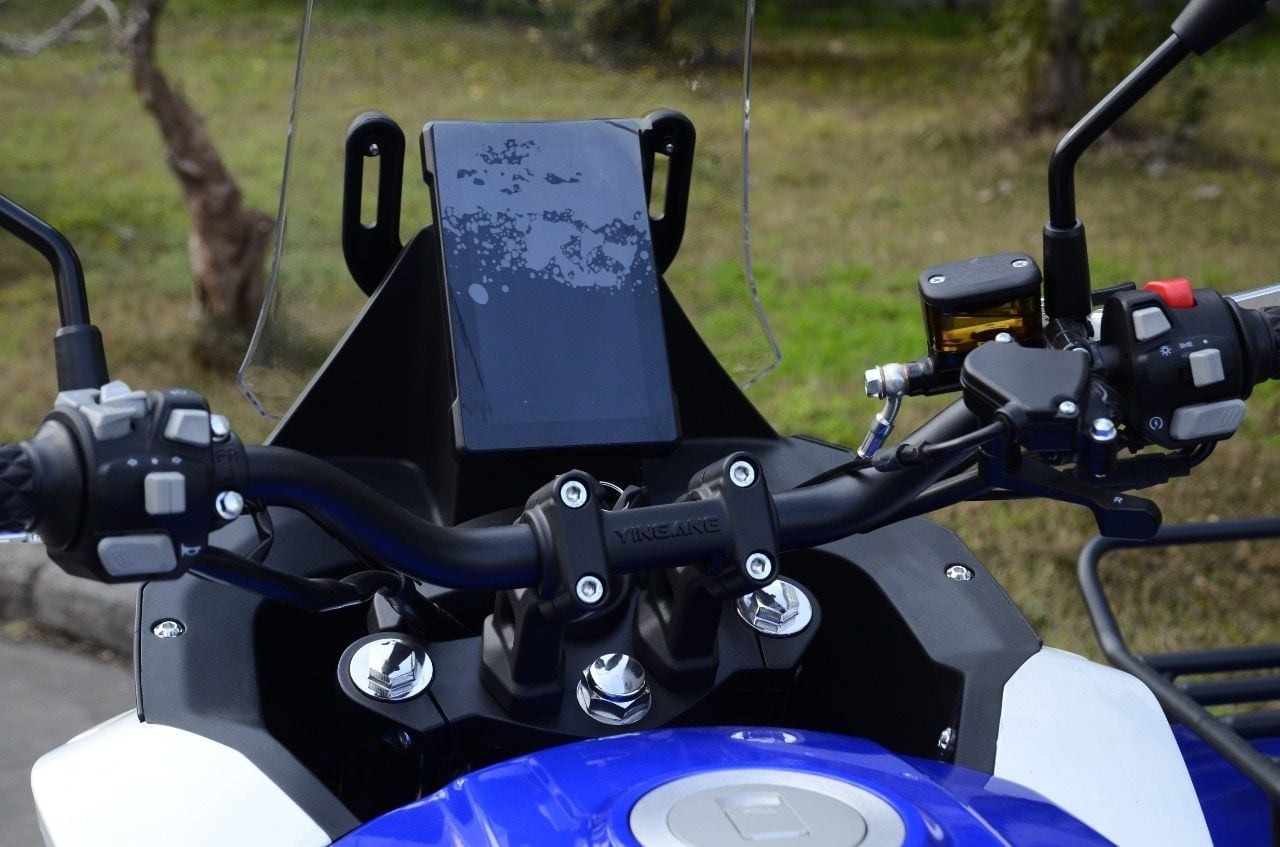
All of this is going to be a big deal because, as I noted earlier, the new motorcycle is intended to eventually replace the Gear Up. According to RideApart, Ural intends to halt production of the Gear Up platform and instead base a whole new line of motorcycles on the Neo 500. So, the Neo 500 is a cheaper entry point into Ural, yes, but it’s also supposed to be so much more.
As for how the prototype rides, I highly recommend reading Janaki’s review over at RideApart. She says that the prototype bike is easier to steer than the Gear Up and is more forgiving to smaller riders. This is a part of Ural’s mission to make its sidecar rigs more accessible, less bulky, and easier to ride. Janaki’s review suggests that the prototype appeared to have been built well, which is also great.
Easier To Ride And Buy?
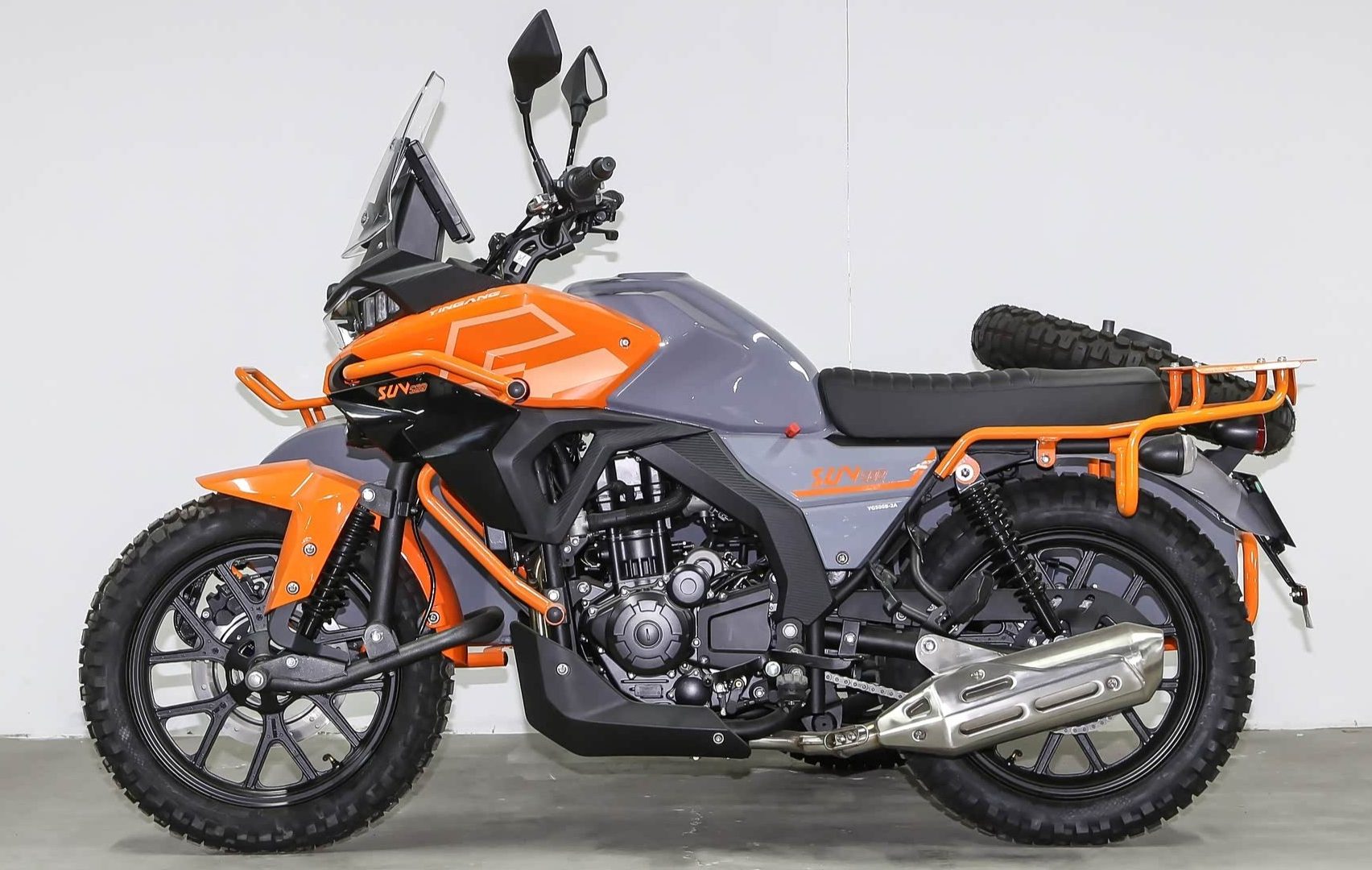
Ural says it hopes to hit a target price of around $15,000 when the bike launches early next year. The Neo 500 will be built in China, and the company says it’s preparing ahead of time for tariffs, and the projected price accounts for having to pay them.
There’s still a lot of work to be done here. While this motorcycle might have been developed in a partnership with a Chinese brand, Ural wants to be sure it will still feel like a Ural and deliver the experience that Ural fans and newcomers expect.
Honestly, I’m just blown away by the huge departure here. To me, Ural has always been like Royal Enfield. It’s a brand happily sticking to the past, but with just enough modern flair. The Neo 500 tosses that in the trash and goes fully modern. I think it’s too early to say anything definitive, but I’m certainly interested in seeing where this goes. You can bet you’ll read more about this new Ural era as I get more information.
Top graphic image: Yingang/Vision Effect TV/YouTube
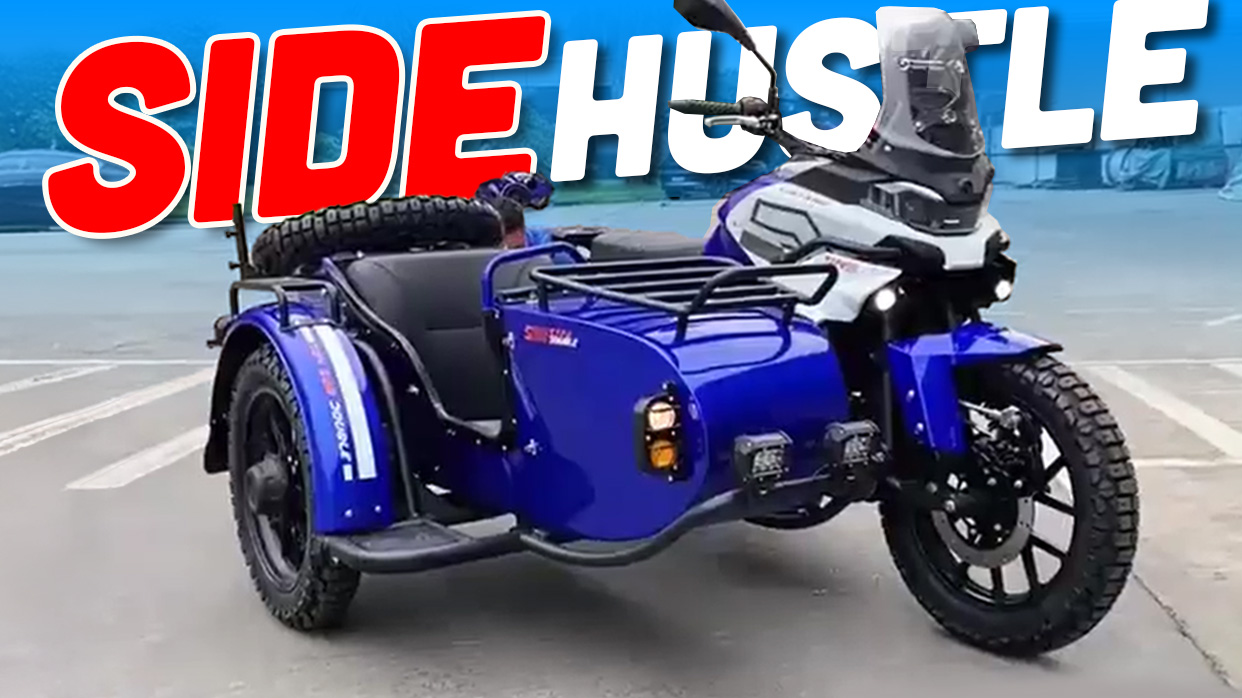






Ural was always a substandard copy of 60 year old BMW motorcycles. When we started getting them int he US it was pretty standard practice to replace the weak and poorly built Ural motors with 900C airheads form decades ago.
because this, the local arms of the company started to have to require Better Brake options better cylinder parts and so on, much of that came from China. and the prices were still not too shabby. these days with everything in these things seemingly chinese, it makes sense the bike is at least better than it was, but it is still not quite as good as it should be for over 20K to play.